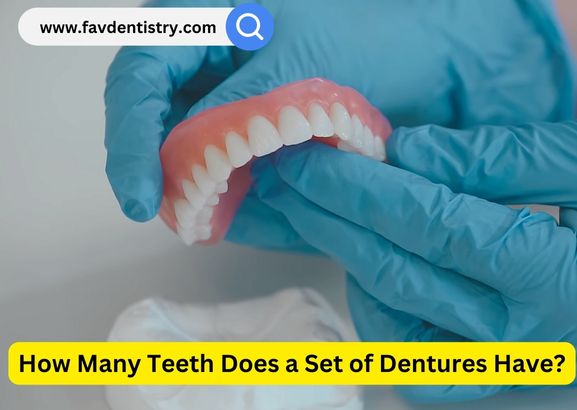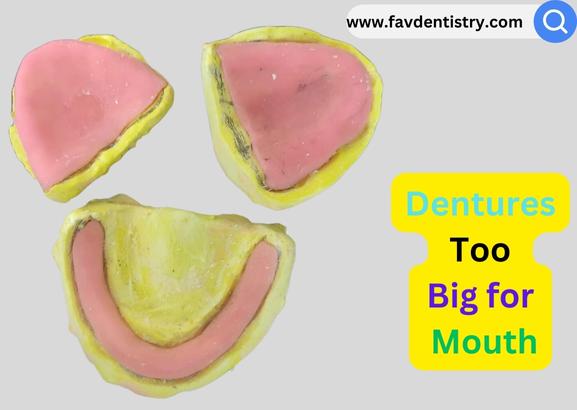Last Updated on 3 weeks by DR. ALBIN SIPES
Did you know that false teeth have been around for thousands of years? The first set of false teeth were made from animal teeth and ivory.
The ancient Egyptians, Romans, and Etruscans used them. George Washington also wore false teeth, but his were made from a combination of human and animal teeth. Today, false teeth are made from materials like porcelain and acrylic resin.
They can be customized to fit the shape and color of each individual’s natural teeth. With the advancement of technology, false teeth have become more comfortable and realistic looking than ever before. It’s fascinating to learn about the history and evolution of false teeth, and they continue to play an essential role in dental care.
Earliest Denture Inventions
The history of false teeth or dentures dates back to ancient civilizations, showcasing the early ingenuity and resourcefulness of our ancestors in solving dental problems. Some of the earliest denture inventions include the remarkable achievements of the 7th Century BC Etruscans and the innovative tooth replacement techniques of the Mayan Civilization.
7th Century Bc Etruscans Gold Band Dentures
The 7th Century BC Etruscans are credited with some of the earliest forms of dentures. Archaeological evidence reveals that they used intricate gold bands to replace missing teeth, providing a fascinating glimpse into the early advancements in dentistry.
Mayan Civilization And Tooth Replacement Achievements
The Mayan Civilization also made significant strides in tooth replacement innovations. They utilized materials such as shell, stone, and bone to craft replacement teeth, demonstrating a sophisticated understanding of dental restoration during their time.
Famous Figures And Their False Teeth
Explore the fascinating world of false teeth and the famous figures who sported them throughout history. Step into the intriguing world of iconic leaders and their dental stories, from George Washington’s mythical wooden teeth to several other historical icons who relied on dentures for their million-dollar smiles.
George Washington’sWashington’s Mythical Wooden Teeth
George Washington’sWashington’s mythical wooden teeth have become an iconic part of American folklore. While it’s true that our first president struggled with tooth loss, the notion that he wore wooden dentures is purely a myth. In reality, Washington wore a variety of dentures made from materials like ivory, gold, and human teeth. This historical tidbit sheds light on the misconceptions surrounding our founding fathers’ dental history.
Historical Icons Who Wore Dentures
Aside from George Washington, several other revered historical figures relied on dentures to maintain their smile. From renowned author Mark Twain to the founding father of the United States, Thomas Jefferson, these famous figures navigated their influential careers with the help of dentures. Their dental journeys provide a unique glimpse into the intersection of history and dental care.
Innovations In Denture Fabrication
Dentures have come a long way from their humble beginnings, and innovations in denture fabrication have paved the way for significant advancements in the field of prosthodontics. From the materials used to the techniques employed in their production, the evolution of false teeth has been nothing short of remarkable. Let’s delve into some fascinating innovations in denture fabrication and explore the groundbreaking changes that have revolutionized the world of dental prosthetics.
From Animal Bones To Modern Acrylics
The history of dentures dates back to ancient civilizations, where materials such as animal bones, ivory, and even human teeth were used to create primitive forms of dental prosthetics. Fast forward to modern times, and we now have access to a wide range of advanced materials for denture fabrication. Modern acrylics, for instance, offer exceptional durability, natural aesthetics, and enhanced comfort for wearers. These high-quality materials have transformed the landscape of denture manufacturing, providing individuals with superior solutions for restoring their smiles.
The Role Of 3d Printing
3D printing has emerged as a game-changer in the fabrication of dentures, offering unparalleled precision and customization. This revolutionary technology facilitates the creation of highly detailed and customized dentures that perfectly align with the unique anatomy of each patient. By utilizing digital scans and CAD/CAM software, dental professionals can design and produce bespoke dentures with remarkable accuracy and efficiency. The incorporation of 3D printing in denture fabrication has streamlined the production process while elevating the overall quality and fit of prosthetic devices.
Surprising False Teeth Facts
The Intriguing Denture Underworld
False teeth, or dentures, have a history shrouded in fascinating facts and unexpected mysteries. From the ancient methods of tooth replacement to modern innovations, the world of false teeth is a treasure trove of surprising insight. Let’s dive into some intriguing false teeth facts that will leave you astonished.
Surprising Insights Revealed
Let’s explore some captivating facts about false teeth that are sure to pique your interest. Dive into the hidden world of dentures and discover the unexpected truths behind these prosthetic marvels.
- Oldest Recorded Dentures: The oldest known set of false teeth dates back to 2500 BC in Egypt, where the Etruscans used human or animal teeth bound with gold bands for tooth replacement.
- Modern False Teeth Materials: While the ancient Etruscans used unconventional materials, modern dentures are typically made from acrylic resin or porcelain, providing a more durable and natural-looking solution.
- Beloved Celebrity Dentures: Surprisingly, iconic figures like George Washington, Winston Churchill, and Clark Gable all wore dentures, adding a touch of intrigue to historical narratives.
- Technological Advancements: Recent innovations in dentistry have led to the development of implant-supported dentures, offering a more stable and natural-feeling alternative to traditional removable dentures.
The Impact Of False Teeth
False teeth not only serve as a functional replacement for natural teeth but also hold a significant cultural and historical significance. These unexpected insights into the world of dentures shed light on their enduring impact on society and individuals.
Societal Perceptions And Changes
Societal perceptions and changes regarding false teeth have evolved significantly over the years, reflecting the cultural differences in denture acceptance and the dissipation of the social stigma associated with wearing them.
Cultural Differences In Denture Acceptance
In various cultures, the acceptance of dentures differs significantly. In some societies, wearing false teeth is viewed as a sign of wisdom and experience, while in others, it may be associated with aging and vulnerability. Understanding these cultural nuances is crucial in appreciating the diverse attitudes towards false teeth around the world.
The Social Stigma And Its Dissipation
Historically, there has been a social stigma attached to wearing false teeth, often linked to misconceptions about oral health. However, with advancements in dental technology and an increased emphasis on oral well-being, this stigma is gradually dissipating. People now view false teeth as a practical and aesthetically appealing solution to dental issues, contributing to a positive shift in societal perceptions.
Conclusion
False teeth have an intriguing history and various interesting facts that shed light on their significance in society. From their ancient origins to their modern advancements, false teeth have played a vital role in dental health and aesthetics. Whether it’s their composition or cultural impact, false teeth continue to fascinate people worldwide.






